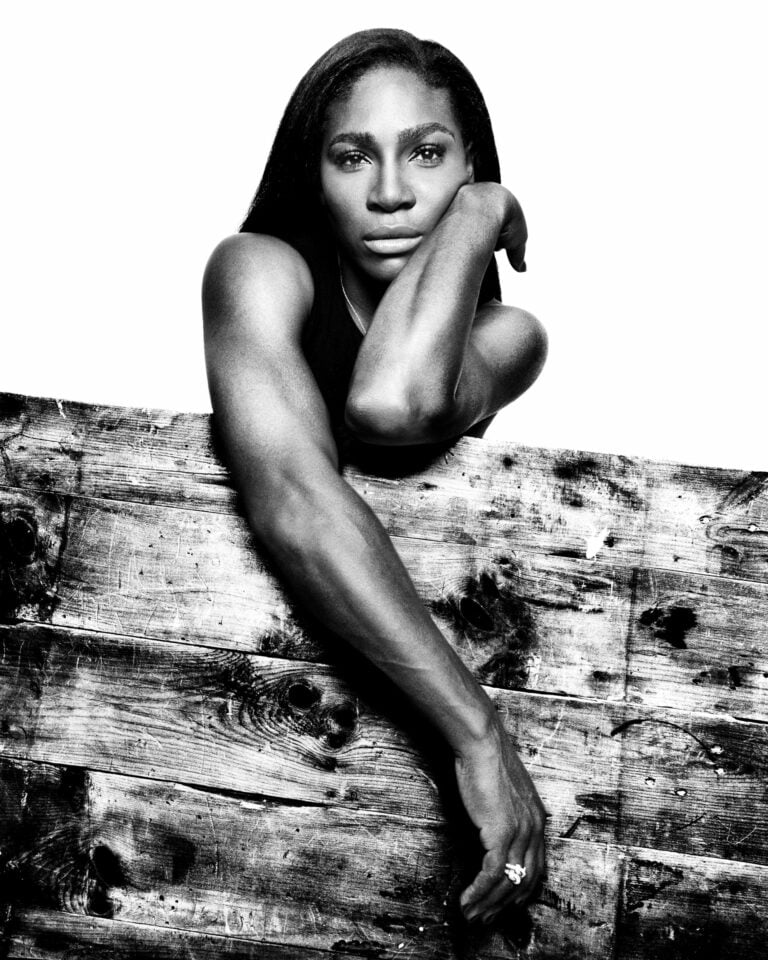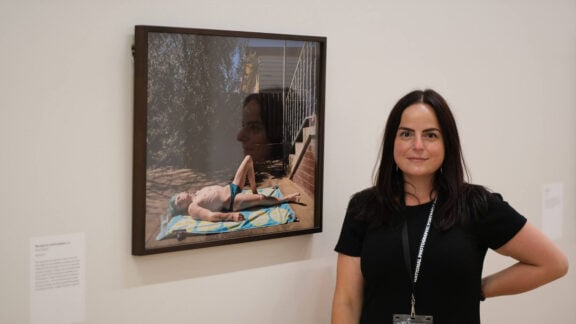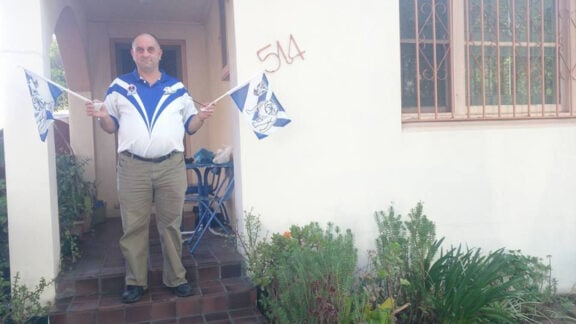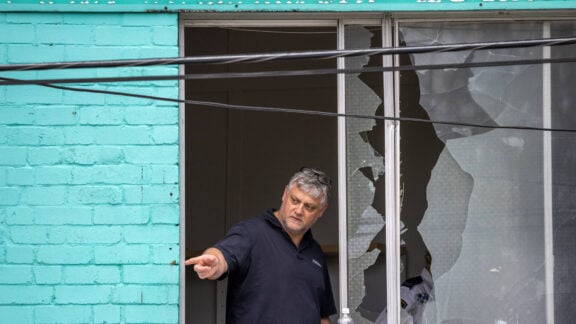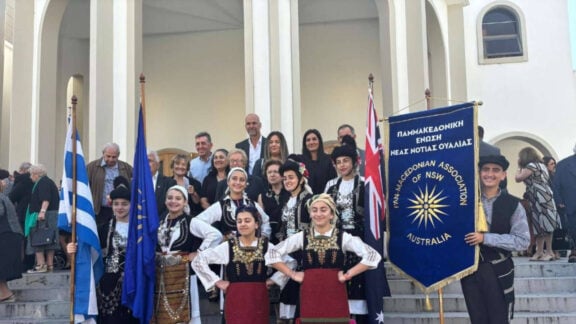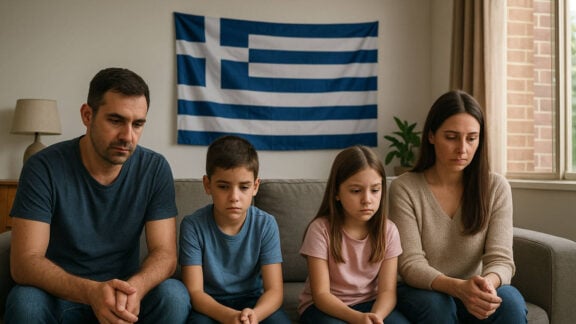British, Greek-born photographer Platon (Antoniou) is featuring at the Ballarat International Foto Biennale which kicked off this week, showcasing some of his most iconic works.
Born in 1968, Platon grew up in Paros as a child, then returned to London, where he was educated.
“Greece is my spiritual source, I go back all the time, my children visit regularly, and my next project is a book about Greece,” he said to Neos Kosmos.
Platon’s intense and granular style, reflect his design credentials, which is easy to understand when you know his pedigree.
“My father was an architect and he worked with the famous Doxiadis.”
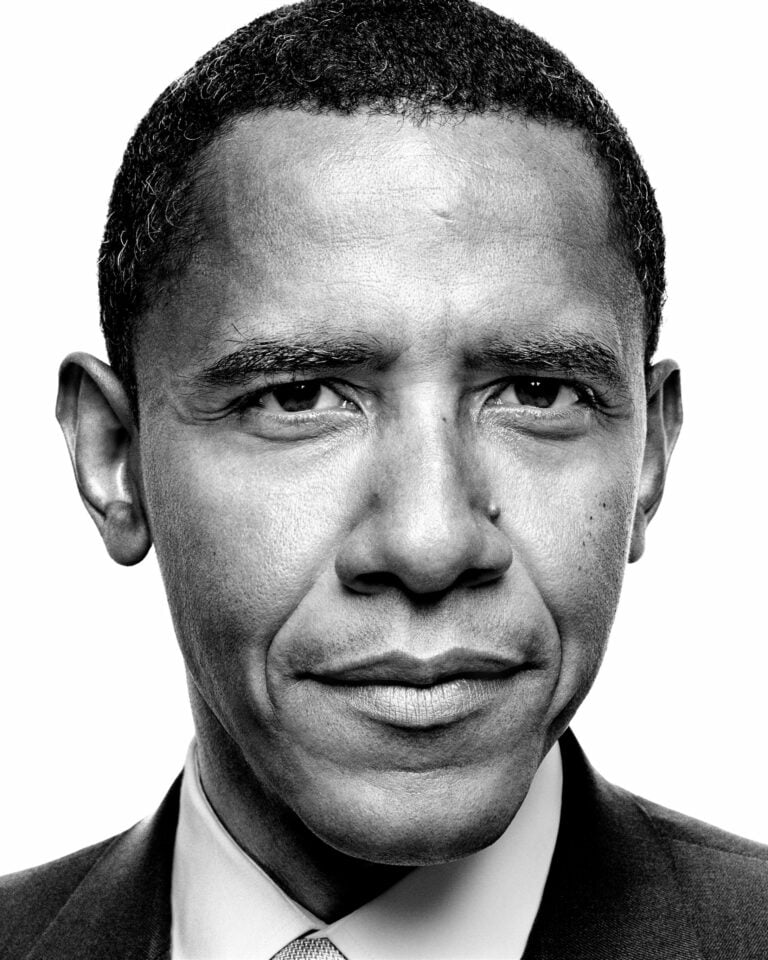
C. A. Doxiadis, designed Islamabad, the new capital of Pakistan and later known as the father of ekistics.
Platon lives in New York with his partner and children, and much of his attitude to the famous and powerful, seems inspired by another Greek, the master of image from the 1960s and leading creative, George Lois.
Platon’s work has made 20 Time Magazine covers. He began in British Vogue and was later invited to take part in the late John F Kennedy’s Jr. political magazine, George.
He has been a staff photographer for the New Yorker since 2008 where he has produced large-scale photo essays, two of which won ASME Awards in 2009 and 2010.
His work has also been featured in Rolling Stone, Vanity Fair, Esquire, GQ, and The Sunday Times Magazine.
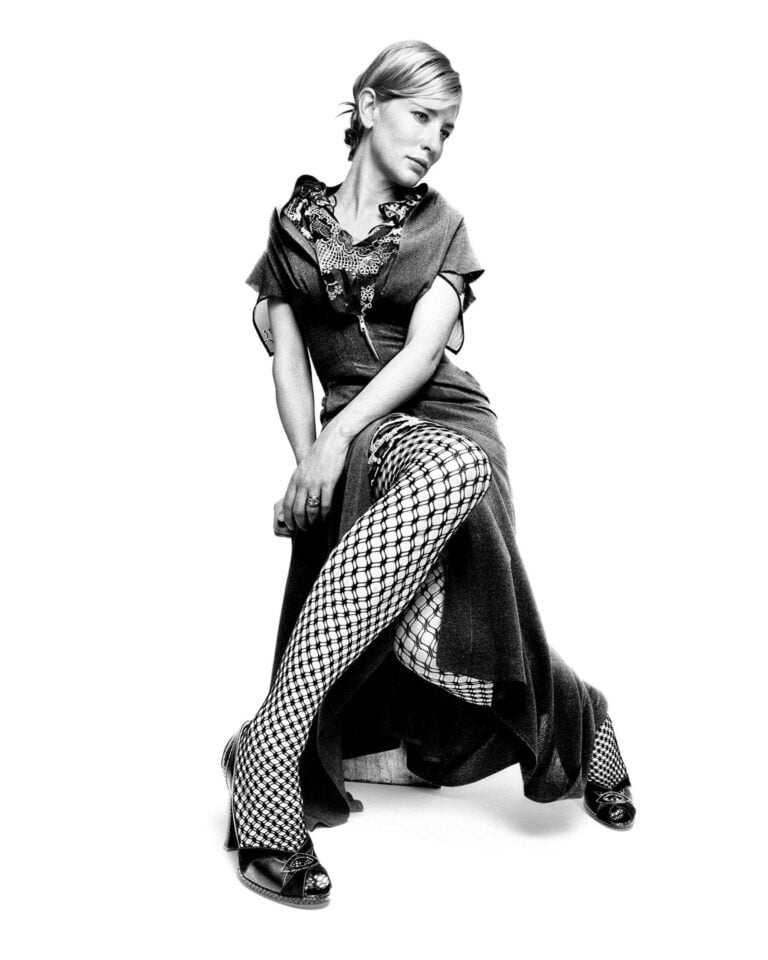
It’s all in the 500th of a second
Platon’s portraits of famous and infamous, leaders, artists, sports gods – provide a rare insight. The accoutrements of power and influence vanish in “a 500th of a second” camera shutter Platon says over a crackling phone line.
“My pictures reflect how in 500th of a second, you get that right moment… it is very revealing, you can capture their humanity, see, and share something of their spirit.”
For some of his subjects it is a distant humanity, one sees in their faces that are ossified in time and space.
Platon says it can be “unnerving” for them, regardless of their power.
He is not easily intimidated, and says they are all “just people.”
“What is intimidating, is the process around them, the build-up, and I have a healthy disregard for power, it doesn’t work for me.
“If I can get into the room, then they become just a person, and they know that I am not intimidated.”
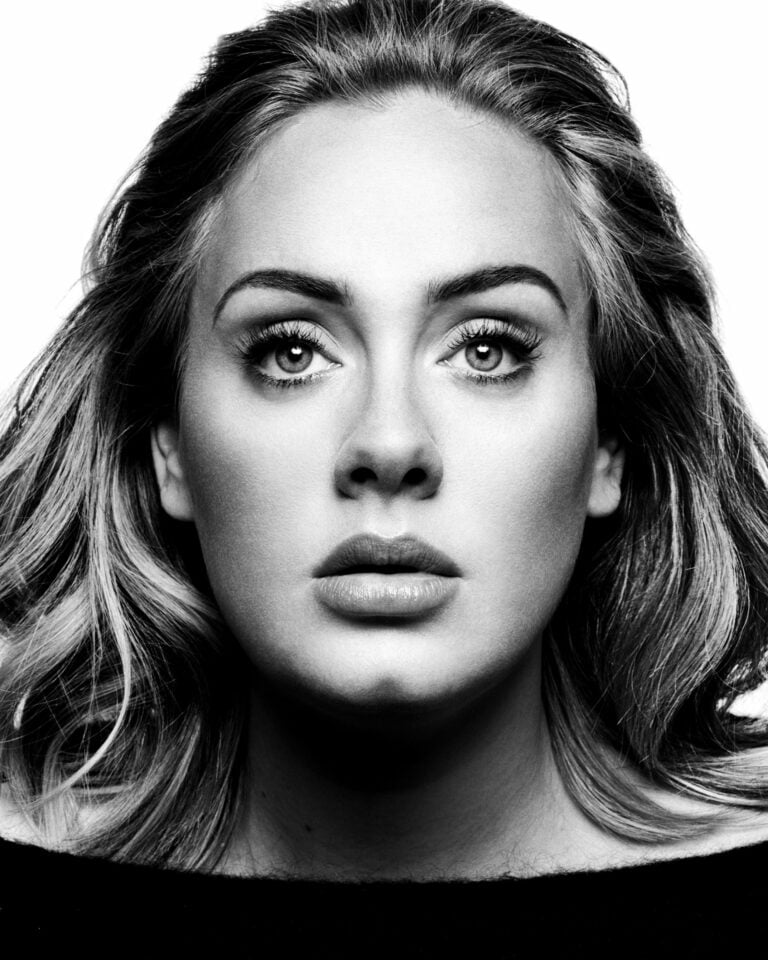
Platon invades the world of the powerful and they all must sit on the same wooden box, and all stare into the same lens.
“My work is about human connection; it is not about photography. I don’t care that much about photography.”
“Sometimes it’s someone with immense power and sometimes it’s someone who’s been robbed of power.”
“I care a lot about the human connection and trying to hold a mirror to society and show people what is really going on right now.”
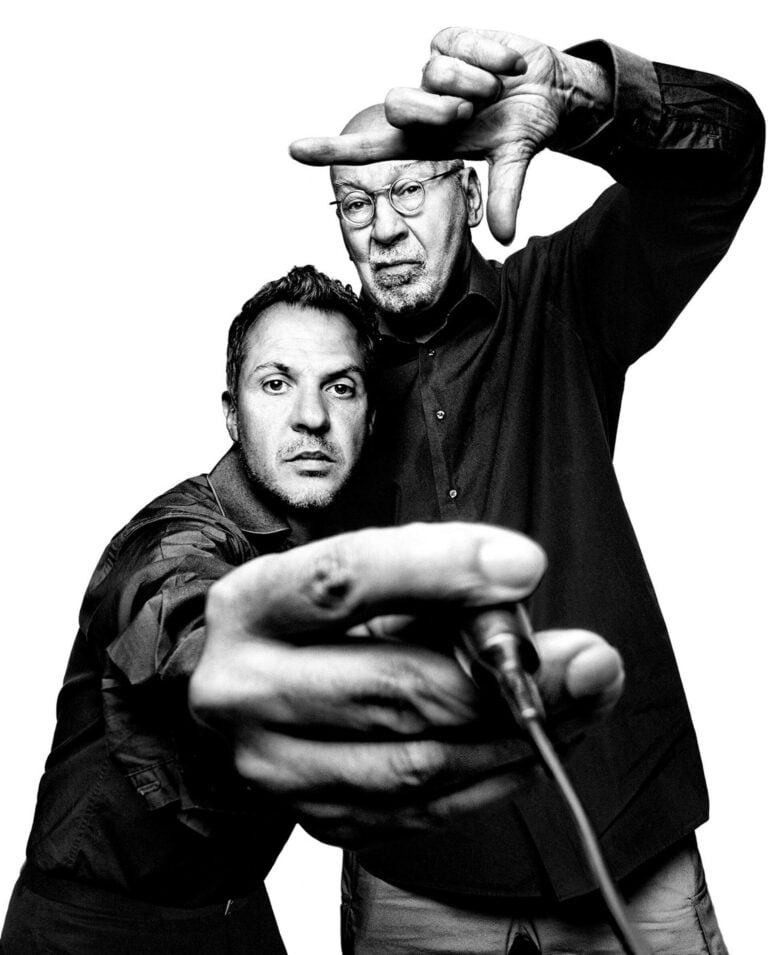
His portraits of leaders include former hardline president of Iran, Mahmoud Ahmedinejad, right-wing Prime Minister (again) of Israel, Benjamin Netanyahu, Venezuela’s false hope, the late-Hugo Chavez, the president (for life) of the Palestinian National Authority, Mahmoud Abbas, former British Labour Prime Minister a key member of the ‘coalition of the willing’ in the Iraq Invasion, Tony Blair, Zimbabwean former President, Robert Mugabe, who ruined the nation’s economy, the late- Italian Prime Minister, populist right –winger, and Banga Banga Party host, Silvio Berlusconi, and the late Libyan dictator and terror funder, Muammar Qaddafi. Platon’s 2007 portrait of Russian Premier, Vladimir Putin for Time Magazine’s Person Of The Year Cover was awarded first prize at the World Press Photo Contest.
All are just human
The dangerous, and venal, the good and gracious, the creative and inspiring, all look just like ordinary people. They could as easily be grocers, teachers, cousins or grandfathers instead of commanding armies and nations.
It’s hard to hide when a Hasselblad 553 ELX and a long lens is pointed at someone’s mug, regardless of who’s mug that is.
“When one is near this person you forget their power.
His New Yorker portfolios include President Obama’s Inauguration, the U.S Military, and the Civil Rights Movement. In 2011, Platon was honoured with the Peabody Award for his collaboration on Russia’s Civil Society with The New Yorker Magazine and Human Rights Watch.
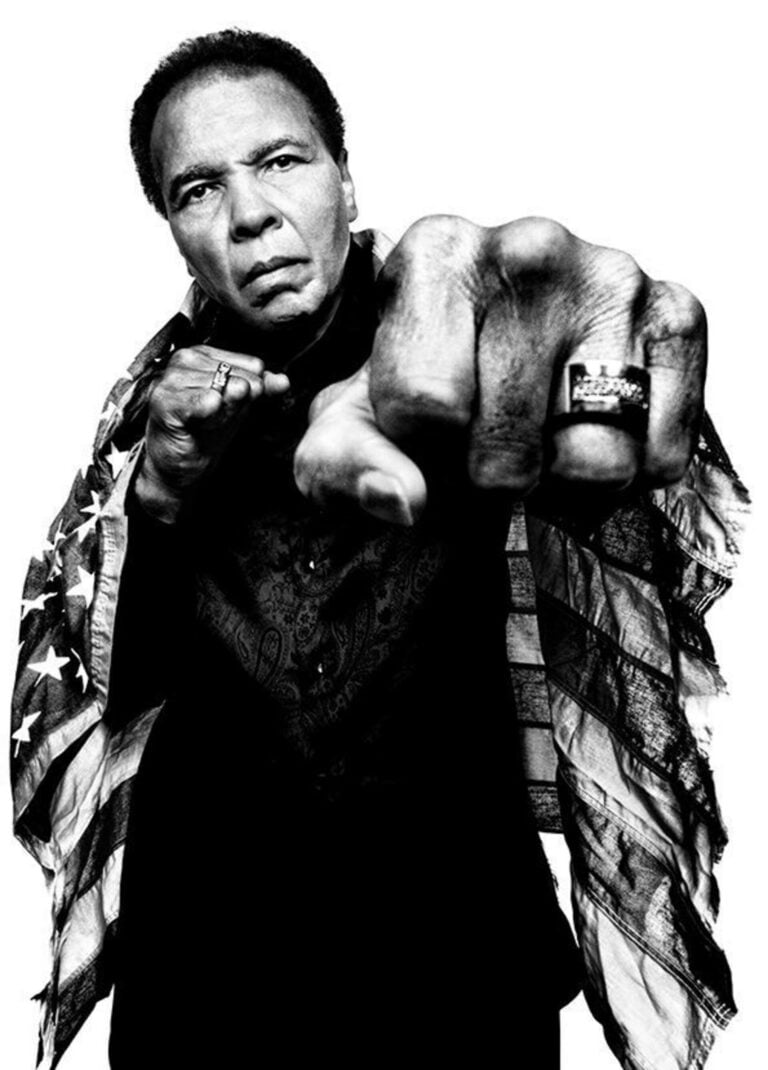
“I find the people who have been robbed of power turn out to be the most courageous, most inspiring people you could ever wish to meet” says the photographer.
Platon partnered with Human Rights Watch to help those who fight for and justice in authoritarian states from Burma through to those who fought for more rights during the Arab Spring.
In 2013, he founded the not-for-profit organisation The People’s Portfolio to document humanitarian efforts around the world.
His photographs of Burmese victims and exiles, Egyptian revolutionaries, and those fighting against oppression in Russia.

“Then you look at someone who has fled from unjust power, or war, and you think ‘my God they have journeyed across borders and in horrid circumstances, that is real power.”
Platon relays one harrowing story of being in a morgue in Arizona surrounded by 300 decomposing bodies of women and children, who died trying to come into America over the desert.
“I look at all the politicians with their political discourse about what their plans are for immigration, even right up to current day, this is happening right now.
“How flawed their immigration policies and how bad the narratives they create are for us as a society,” he says.
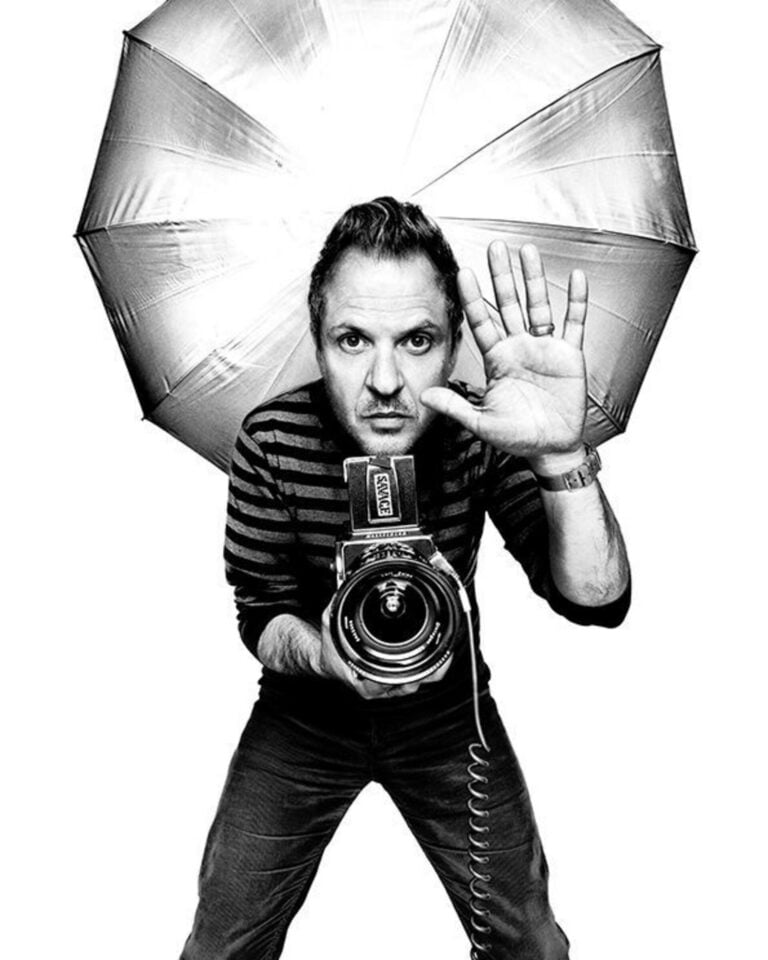
A photographer who captures the impact of war, famine, disaster, injustice, must at some point harden, how else can they move on? How can you be in a morgue with decomposing corpses of children and women one day and in a New York office selecting what to publish the next?
“What I may feel in that moment is nothing compared to what these people have gone through. I have a job to do, and I must deliver on the promise I made, to get their story out in a more powerful way than anyone else can.”
Platon says he cannot lose his composure, “if I do, I will lose all the trust that human rights defenders give me.”
Recently Platon has taken on public speaking he has been invited to be a keynote speaker at the World Economic Forum in Davos, Yale, the London School of Economics, the National Portrait Gallery in London and the International Center of Photography in NY. Last Saturday he spoke at the Biennale in Ballarat.
Platon (Antoniou) features in the core program of the Ballarat International Foto Biennale with People Power from August 26 to October 22.
